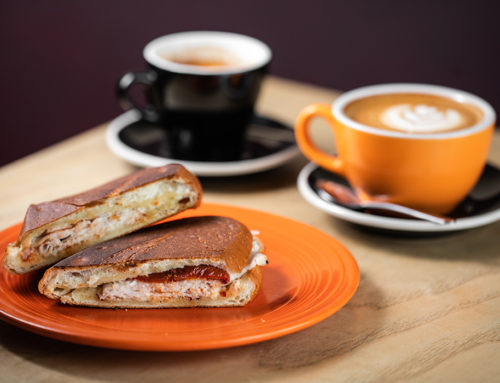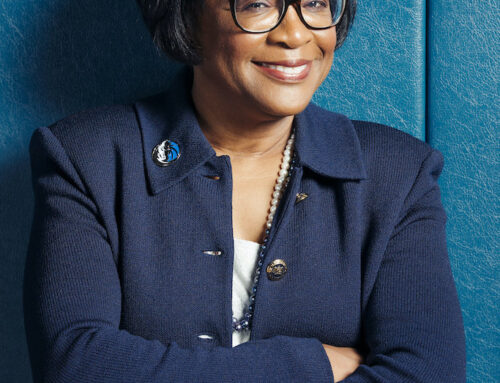Nancy Pierce, “The Texas Rose Lady” of Tulip Lane, has left the neighborhood — and she’s taking all 225 of her rose bushes with her.
After 21 years, she’s moving. Bulldozers are removing her 1953 ranch-style house, and she’s donating 200 rose bushes to the Dallas Arboretum and Botanical Garden, taking the most coveted of her collection with her to a new home.
Preston Hollow neighbors are left wishing they had taken more time to stop and smell her roses.
Pierce’s collection, which was documented by the Smithsonian’s Archives of American Gardens, became a destination. “People would leave me notes, take photos of the roses, tell me their stories and ask for rose growing advice,” she says. “The real joy of my rose garden was the pleasure it brought to others.”
She’s keeping her “pets” – varieties that you won’t find locally or are out of commerce. The rest will be planted in the Arboretum’s Boswell Family Garden with a sign that reads, “Donated by Robert and Nancy Pierce in honor of Cherrie Perkins Wells,” Nancy’s mother.
Pierce began raising roses after moving to Georgia. She was trying to grow vegetables, but local critters kept nibbling them. Taking pity on her, her mother suggested she grow roses instead. Six weeks later, the plants bloomed.
When the family moved back to Dallas, Pierce was pregnant with her second son. Her mother created Pierce’s first rose bed, which had about 30 bushes.
“I started digging myself, and we ended up with several beds in the backyard and my husband said, ‘Why are we doing this in the backyard where no one can see them except us?’ We started tearing up our front yard. We had two small kids. We lived in our little house, and it was the time of our lives.”
Pierce substitute teaches at Good Shepherd Episcopal School. “Folks from Euless-Bedford came to see the roses every year,” she says. “That was motivation for me to grow them for so long.”
She says she’s the only one who touches the flowers. “My husband sprays them for me. But I prune every single one of them.” It takes her about 20 hours to prune them in the spring.
She has an Excel spreadsheet documenting fragrance, form, petal count, vendor and cost. Her husband is 71, she says, and he’s tired of dragging around the sprayer. Two years ago, she started a note-card business highlighting the photos she’s taken of her roses through the years. She now has five collections of notecards. On the back of each is a fact about the flower.
Pierce’s new passions are herbs, hydrangeas and butterfly gardening. She gives rose talks at gardening clubs and plays poker with her 90-year-old friends.
“One of the reasons I continued to grow the roses for so long is because it touched so many people,” she says. She remembers a neighbor who came over the morning of her mother’s funeral and asked for a flower to place on her grave. “I got the clippers and out we went,” Pierce says. “That was probably the most touching story I’ve had about my rose garden. Now anyone who goes to the Arboretum can enjoy them.”






